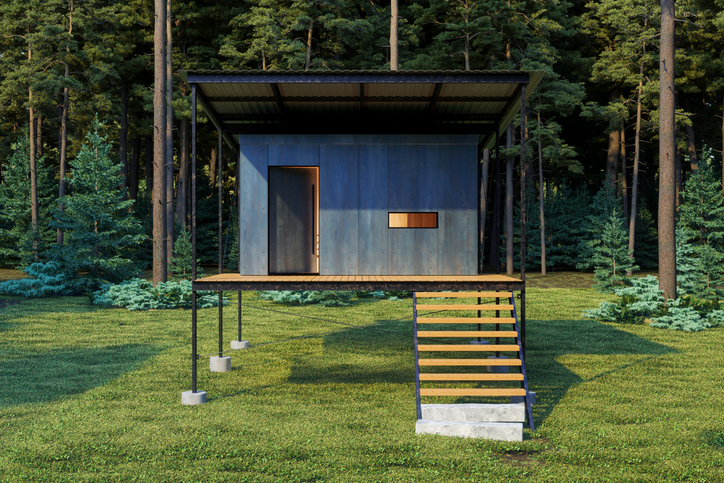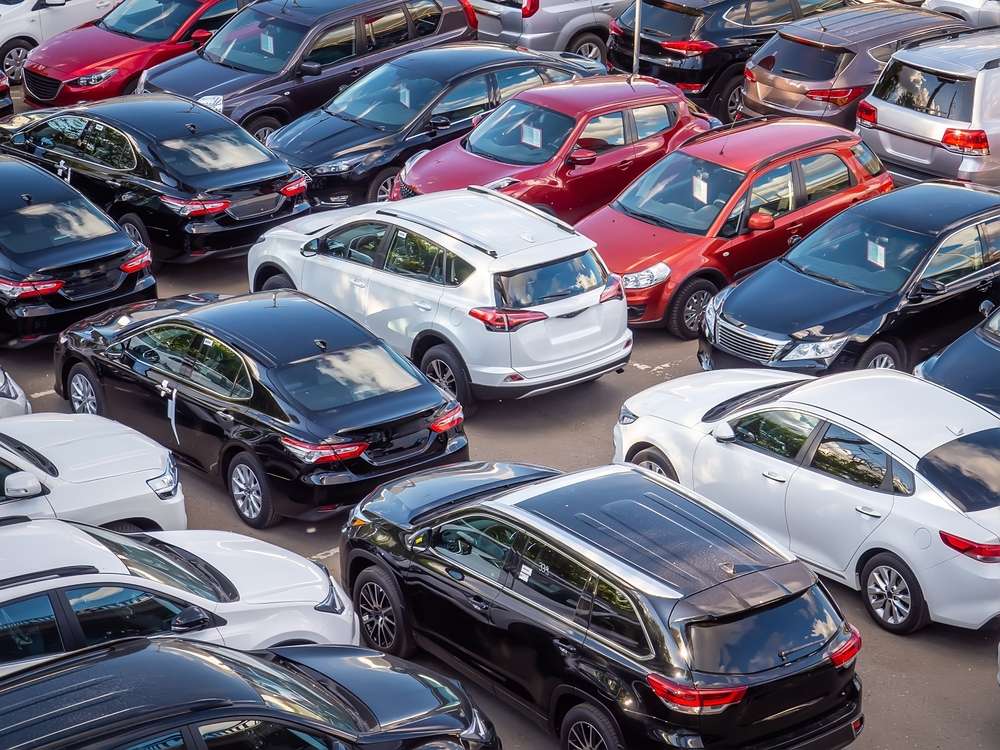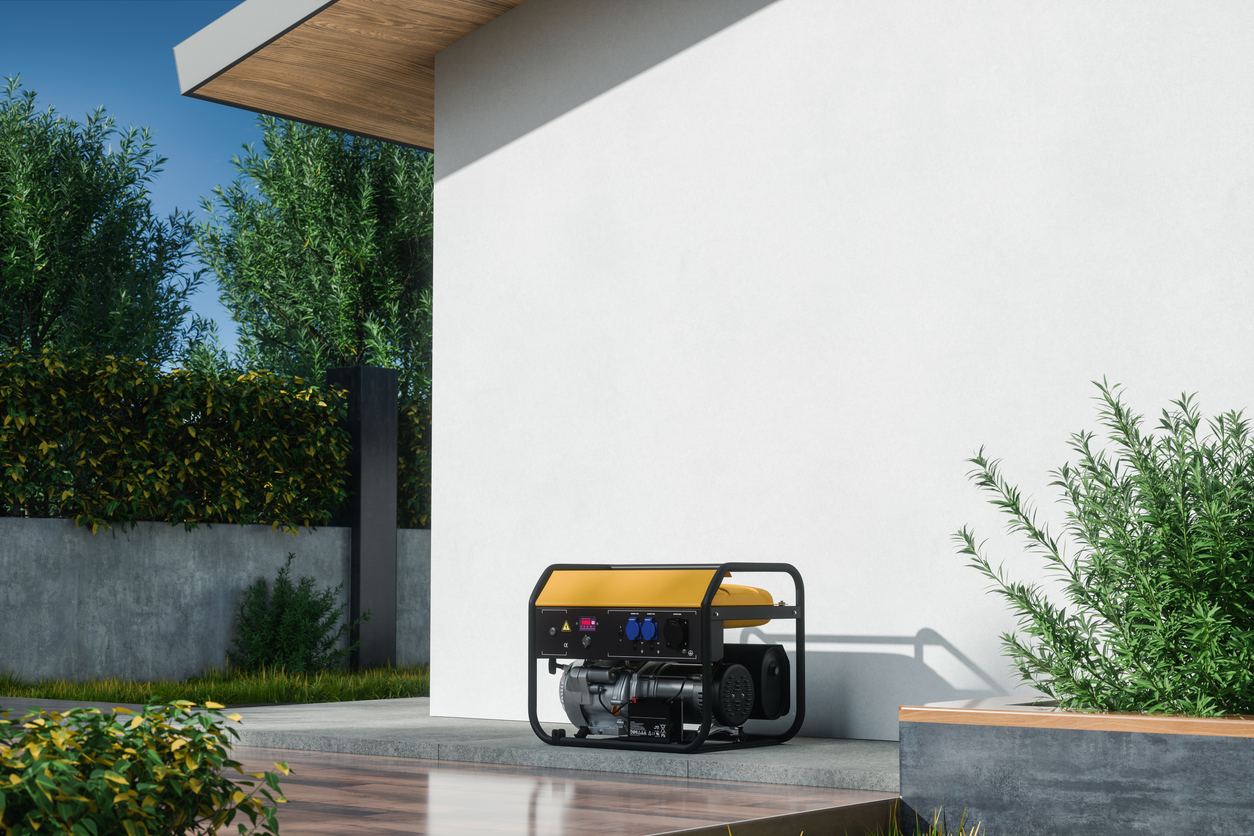Prefab cabins, also known as prefabricated cabins, have gained popularity in recent years as a flexible and affordable housing option. Whether used as vacation homes, full-time residences, or guest houses, prefab cabins provide a range of benefits that make them an attractive alternative to traditional construction. In this article, we will explore the advantages of prefab cabins, the design options available, and their growing appeal among homeowners.

The Rise of Prefab Cabins
In the past, cabins were often associated with remote, rustic living. Today, prefab cabins have transformed that image, offering modern, eco-friendly, and customizable solutions for a variety of housing needs. The term "prefab" refers to the process of constructing sections or modules of a building off-site in a factory, which are then transported to the location for assembly. This method saves time and labor costs, making it an appealing option for people looking for quick and efficient construction.
Prefab cabins appeal to a wide audience, from those seeking a minimalist, off-the-grid lifestyle to homeowners who want to downsize or build a sustainable home in a scenic location. These cabins are designed with flexibility in mind, catering to different lifestyles and preferences.
Cost-Effective and Time-Efficient
One of the key advantages of prefab cabins is their cost-effectiveness. Traditional home construction involves numerous expenses, including labor, materials, and unforeseen delays. Prefab cabins, on the other hand, are manufactured in a controlled environment, which reduces material waste and labor costs. Since the modules are pre-assembled, the installation process is quicker and more predictable. This allows homeowners to move into their new cabins faster than they would with traditional construction.
Additionally, prefab cabins come with fewer surprises in terms of cost. Homeowners often receive a fixed price upfront, which eliminates unexpected costs due to weather delays or material shortages. This affordability makes prefab cabins an attractive option for first-time homebuyers, retirees, or anyone looking for a secondary home without breaking the bank.
Design Flexibility and Customization
Prefab cabins are no longer limited to basic, box-like structures. Thanks to advancements in modular construction technology, homeowners now have access to a wide variety of designs and layouts. From cozy one-bedroom cabins to spacious multi-room designs, prefab cabins can be customized to meet individual needs and preferences.
The flexibility in design also extends to exterior and interior finishes. Homeowners can choose from a variety of materials such as wood, metal, or eco-friendly options. Modern prefab cabins can include large windows, open floor plans, and energy-efficient appliances, offering a sleek, contemporary look. The ability to personalize the cabin’s design ensures that it feels like a home, rather than a temporary or cookie-cutter structure.
Eco-Friendly and Sustainable Living
Sustainability is another reason why prefab cabins have gained traction among environmentally conscious homeowners. The controlled manufacturing process of prefab cabins reduces waste and energy consumption compared to traditional construction methods. Many prefab cabin companies also use sustainable materials, such as reclaimed wood, recycled steel, or energy-efficient insulation.
Prefab cabins can also be equipped with solar panels, rainwater harvesting systems, and other eco-friendly technologies to minimize their environmental footprint. This makes them an excellent choice for individuals seeking to live off the grid or reduce their reliance on traditional energy sources. Prefab cabins allow homeowners to integrate sustainability into their daily lives while enjoying the comfort and aesthetics of a modern home.
Quick Installation and Portability
Another significant advantage of prefab cabins is their quick installation. Once the sections or modules are built, they can be transported to the site and assembled in a matter of days or weeks. This is a stark contrast to traditional homes, which can take several months or even years to complete. For those who need immediate housing, such as in remote areas or after natural disasters, prefab cabins offer a practical and swift solution.
Prefab cabins are also portable, making them ideal for people who may want to relocate their homes. While the foundation is permanent, the cabin itself can often be disassembled and moved to a new location. This flexibility appeals to those with a nomadic lifestyle or anyone who wants the freedom to move without leaving their home behind.
Versatile Uses for Prefab Cabins
The versatility of prefab cabins extends beyond residential purposes. These structures are often used as vacation homes, rental properties, or guest houses. In rural or mountainous areas, prefab cabins serve as ideal retreats for those looking to escape the hustle and bustle of city life. Their compact size and ease of assembly make them a perfect option for recreational properties in remote locations.
Prefab cabins can also be used as additional living spaces or home offices on a primary property. With more people working remotely, having a separate, quiet space can increase productivity and create a healthier work-life balance. Additionally, the affordability of prefab cabins makes them an attractive option for rental income, allowing homeowners to generate revenue by placing one on their property.
Conclusion
Prefab cabins have emerged as a modern and sustainable solution to meet a variety of housing needs. Their cost-effectiveness, design flexibility, and quick installation make them a viable alternative to traditional homes. Whether you're seeking an eco-friendly retreat, an affordable vacation home, or a versatile living space, prefab cabins offer a range of options to suit your lifestyle. As interest in sustainable, minimalist living continues to grow, prefab cabins are likely to remain a popular choice for years to come.


